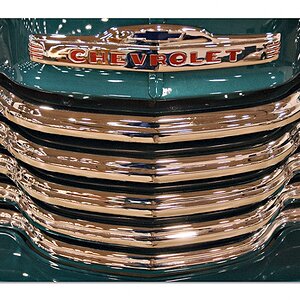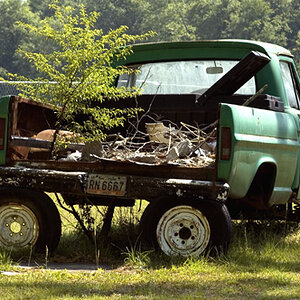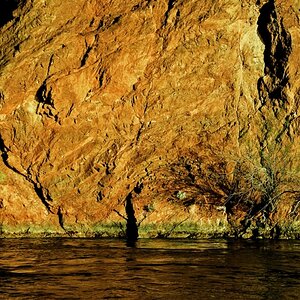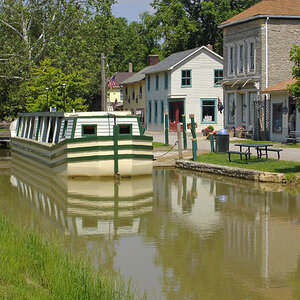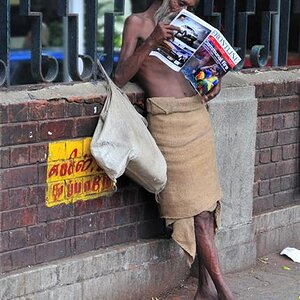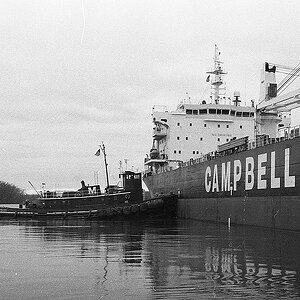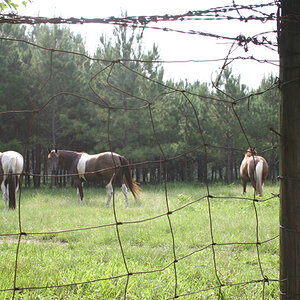denada
No longer a newbie, moving up!
- Joined
- Feb 22, 2016
- Messages
- 241
- Reaction score
- 119
- Can others edit my Photos
- Photos OK to edit
i'm a snapshot photographer and know just enough to know i don't know. i know that when you switch film size, all your dof instincts are out the window. i'm using 4x5. i wanna mimic sally mann's bathroom mirror self portrait and don't have a loop (today; i live in the city without a car and i don't wanna go downtown for one thing). is that a no go? it looks like she has less light than me and she did it on 8x10 or something old and huge. so i'm trying to move further away so i get enough dof to shoot at an aperture i can hold still long enough at. cause i think i need to do this at at least f22? but then i realized my camera zooms in and out when i move the back? am i altering the focal length of the lens. well obviously not, but what am i doing? if i move further away and then zoom in i must be reducing the dof i gained by moving further away, right? like switching lenses even though the lens stays the same? wtf is happening?
it looks like i can push hp5 to 3200 with ilfosol 3 and still get a clean-ish image at laptop screen sizes?
it looks like i can push hp5 to 3200 with ilfosol 3 and still get a clean-ish image at laptop screen sizes?
Last edited:


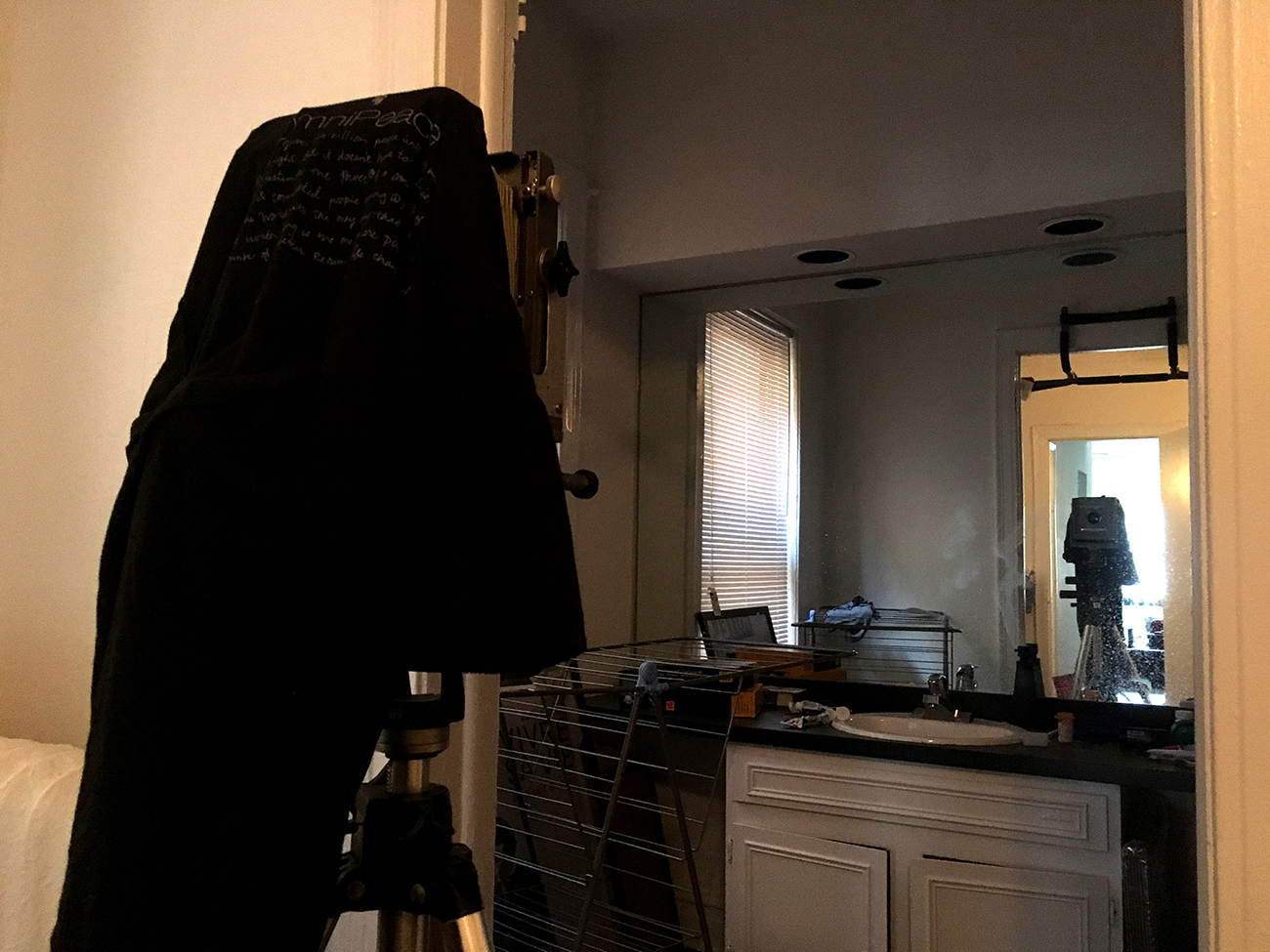

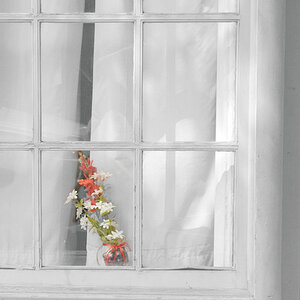
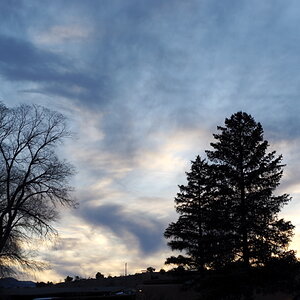
![[No title]](/data/xfmg/thumbnail/38/38293-15e3a85f038b239e3c60bf9f38f5d56c.jpg?1619738563)
